Job Carr Cabin Museum
This Old Town cabin tells the story of Tacoma's settlement through a replica of its first non-Native building.
What does it mean to preserve a historical record of settlement and colonization? The Job Carr Cabin Museum in Tacoma, Washington, wrestles with questions of preservation, authenticity, and land ownership, all at an Old Town cabin that is a replica of the oldest non-Native settlement in Tacoma.
This area of land was known to the Nisqually and Puyallup tribes as Shubahlup, the “sheltered place.” As Washington became a territory, the United States government began encouraging its settlement, eventually signing the Medicine Creek Treaty of 1854 to usurp tribal lands. Many tribes were enraged by the terms of the deal and claimed their signatures were forged. The resulting war ended with the execution of Nisqually Chief Leschi, and a renegotiated treaty.
With tribal land now in the hands of the territorial government, settlers began to traverse the Oregon Trail to Washington State. One such traveler was Job Carr, a Quaker abolitionist wounded veteran of the Civil War. Older and divorced, he decided to move to western Washington to speculate on the eventual terminus of the Northern Pacific transcontinental railroad line. He purchased 160 acres of land near Commencement Bay and built a cabin there in 1865. Initially, the only residents of Tacoma were Carr and his cat, Tom. Encouraging others to settle, he would soon be joined by his family, and later, after the railroad’s establishment, by tens of thousands of others, including those members of the Puyallup tribe who preferred to assimilate their lands. Other tribal members left their ancestral harbor, choosing to move to an area that allowed them to preserve their way of life. As the city grew, Carr was named the town’s postmaster, and eventually, its mayor.
The cabin was a Tacoma landmark for generations, after all, for a time, it was the entire city. It was relocated to Point Defiance Park in 1916, where it slowly crumbled. Despite its historic value, the cabin was deconstructed in 1988. At the same time, local business leaders wanted to bring the “old town” feel back to the Old Town neighborhood of Tacoma, and began to consider a replacement.
The job fell to local architect Gene Grulich, who began the process of reconstructing the cabin. He built a scale model of the cabin, and toured it around town to establish support and funding. With that in place, he began to balance the work of historical representation versus function. Rejecting the original logs as unsound, the cabin was rebuilt from reference materials to be functionally the same as the original, except with space for a restroom and administrative offices that would allow it to operate as a museum. The museum was dedicated on December 2, 2000. Its mission is to tell the story of the non-Native settlement of Tacoma, both of the first settlers who came to town and the tribal lands they had usurped.
A plaque at the site quotes from Job Carr’s eulogy: “His lonely cabin is the landmark of what will be a great and prosperous city and should be tenderly regarded by those who believe in preserving the memories of the early days.”
Know Before You Go
The cabin is free to visit and open seasonally and by appointment. Visit the website or call (253) 627-5405 to make arrangements.


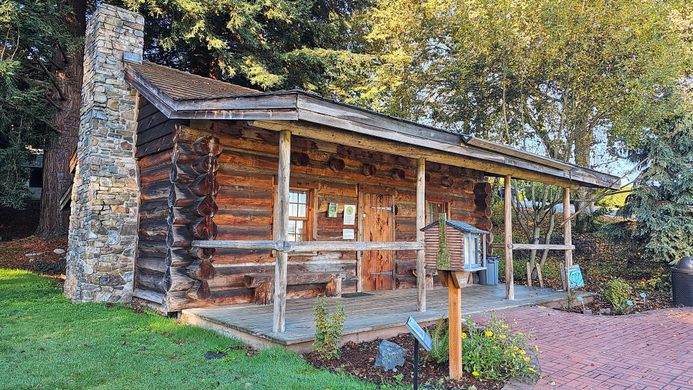
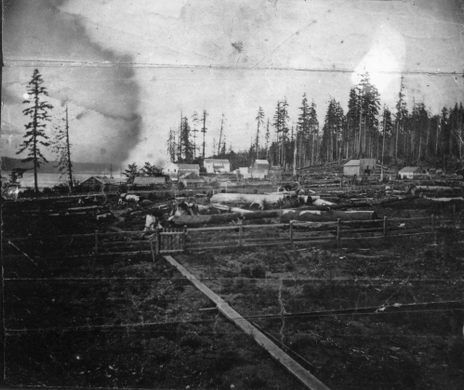

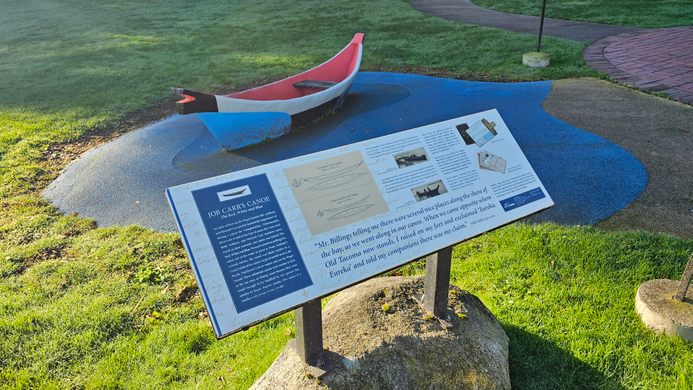


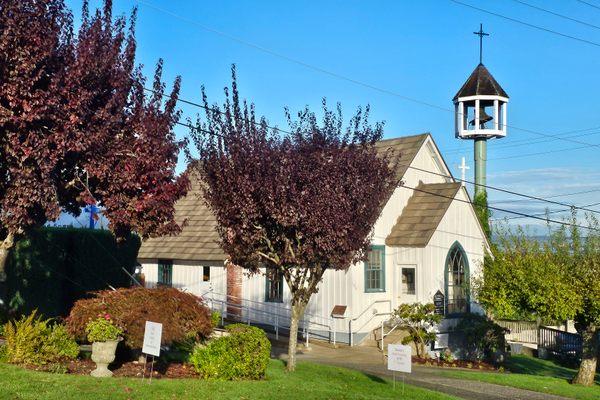


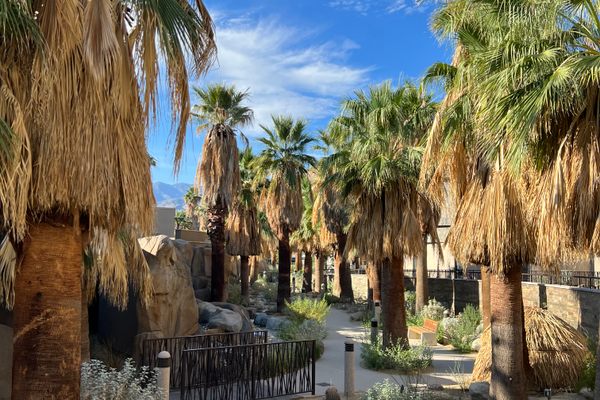




Follow us on Twitter to get the latest on the world's hidden wonders.
Like us on Facebook to get the latest on the world's hidden wonders.
Follow us on Twitter Like us on Facebook